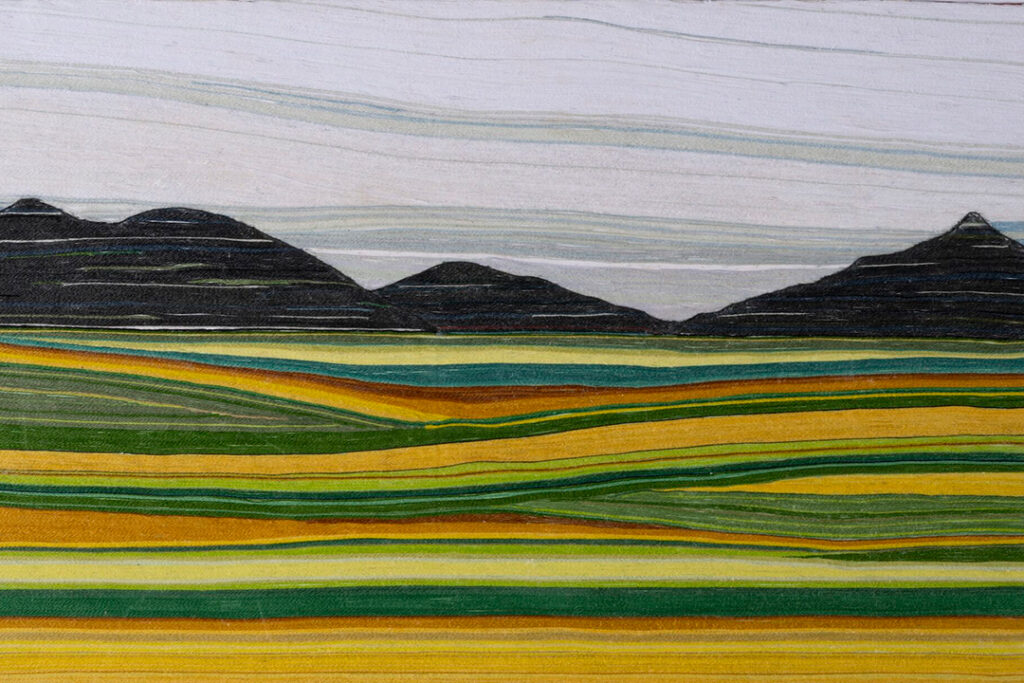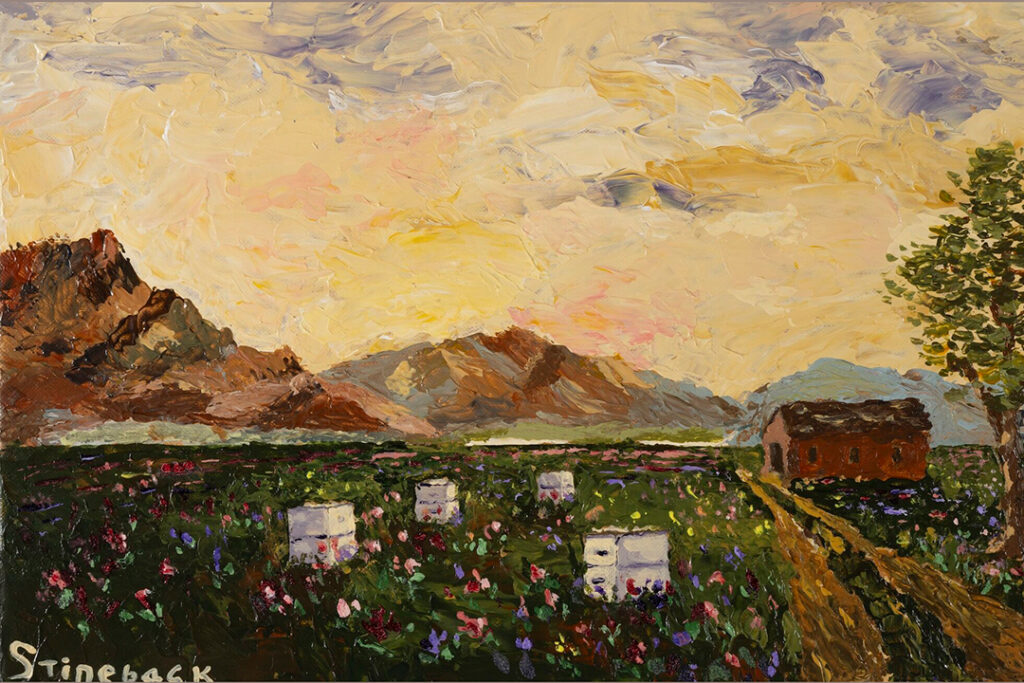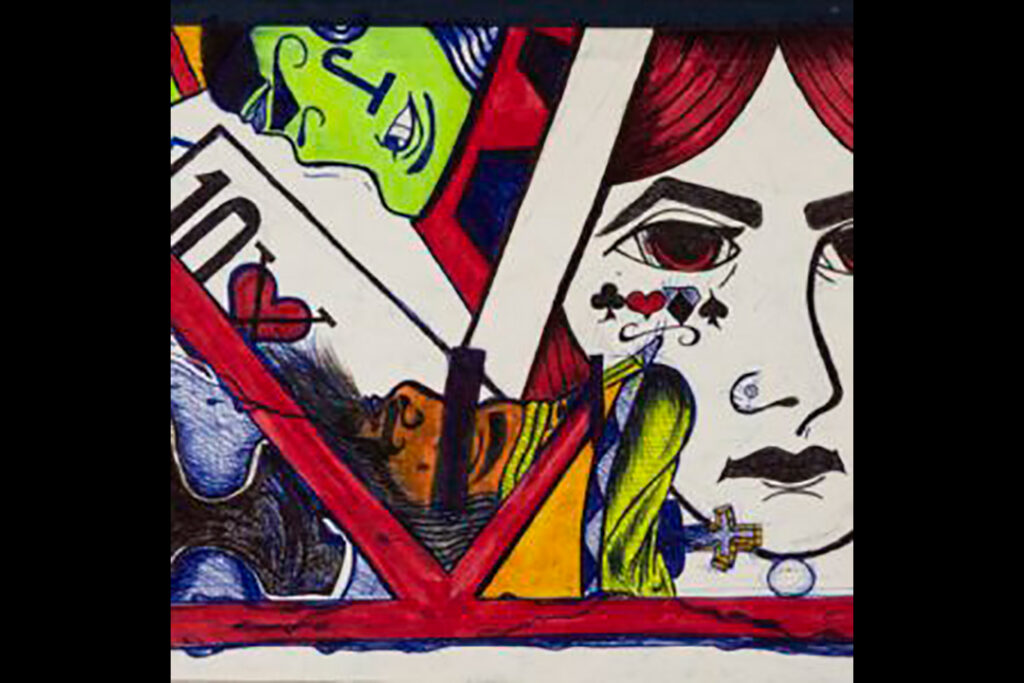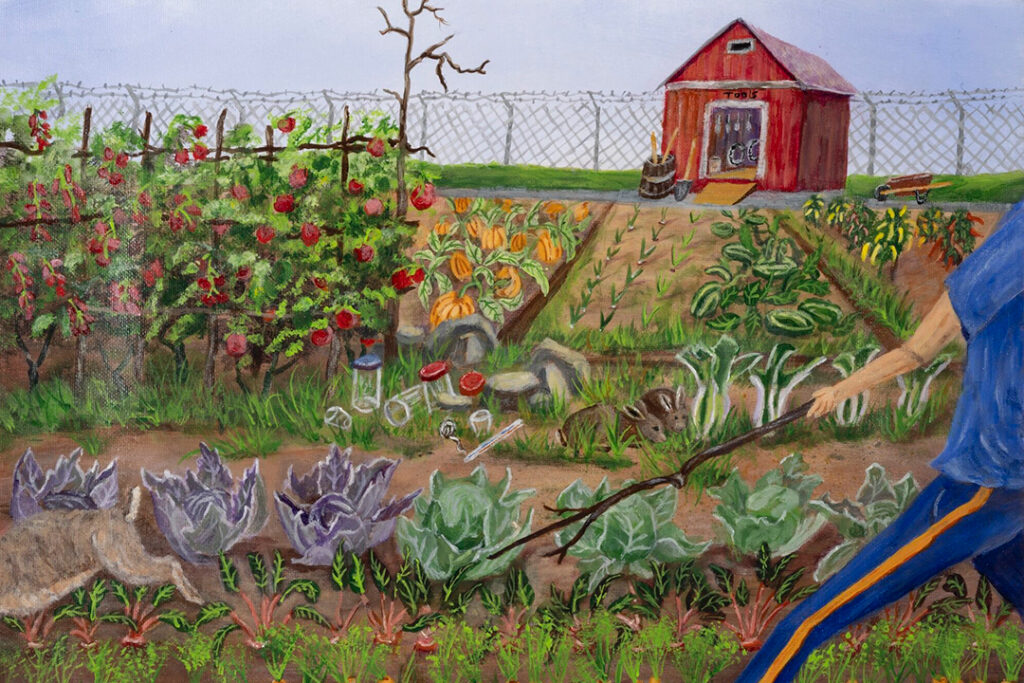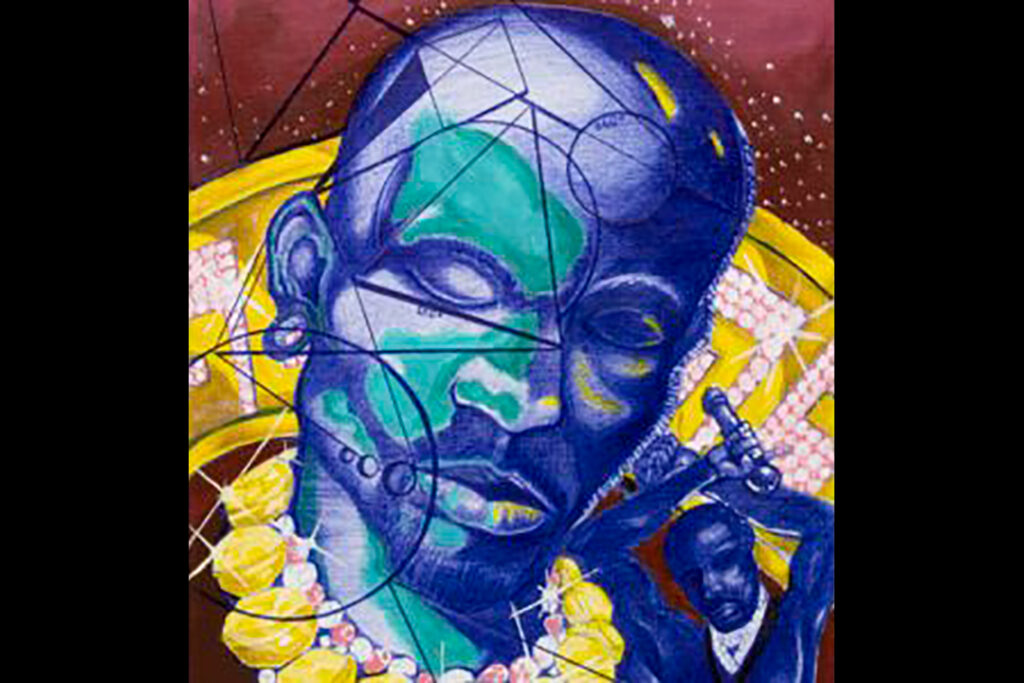Ono highlights impact of state support on student success, affordability, economic growth
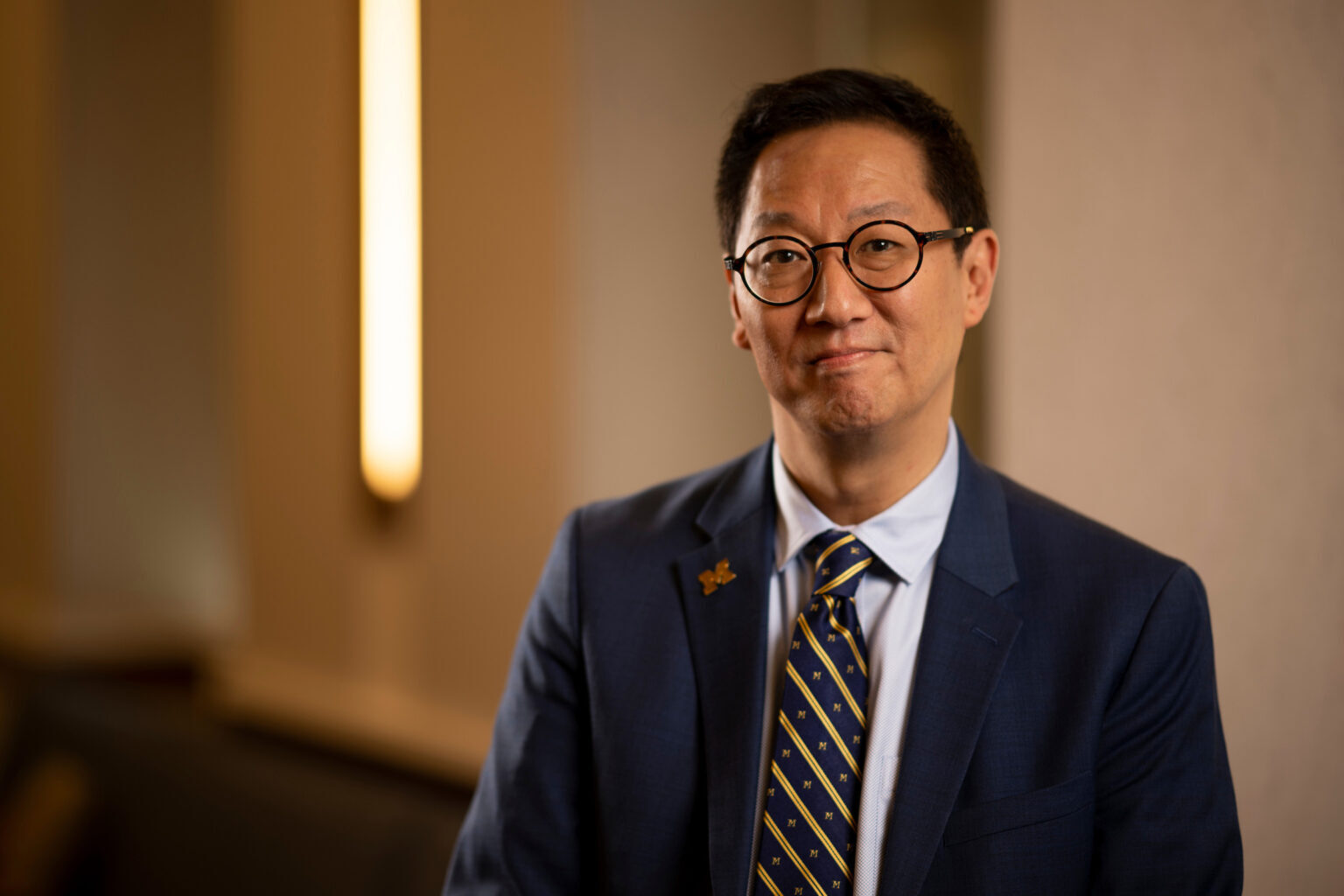
In testimony before the Michigan House Appropriations Subcommittee on Higher Education and Community Colleges in Lansing on April 30, President Santa J. Ono reinforced the vital role state funding plays in furthering the success of students, driving economic development, and maintaining affordable access to a world-class higher education experience for students across the state.
-
From Cuba to chemical engineering: ‘I’m supposed to be here’
Ph.D. student José Carlos Díaz first merged his knack for engineering and science by repairing microscopes for use in his sixth-grade class. He was 11 years old. He’s now an ion-diffusion researcher at one of the top chemical engineering programs in the U.S.
-
U-M researchers helping to develop a machine for on-demand N95 mask manufacturing
Launched with $3 million from the American Rescue Plan Act, the project aims to develop better respirators with new manufacturing processes that can be ramped up on demand, protecting both health care workers and the public.
-
New guidelines on child obesity advise less watch and wait, more early intervention
More than 14.4 million U.S. children and teens are at risk of cardiovascular disease, diabetes, and behavioral health issues, if untreated, according to the American Academy of Pediatrics.
-
U-M discovery dramatically reduces time it takes to build molecules
With a big assist from artificial intelligence and a heavy dose of human touch, U-M researchers have discovered how to speed up the time-consuming chemical process of building molecules that will be tomorrow’s medicines, agrichemicals, or materials.
-
Tracking ocean microplastics from space
Harmful microplastics — tiny flecks that can ride ocean currents for thousands of miles — are extremely difficult to track and clean up. But, it turns out these same microplastics tag along with soapy or oily residue, which satellites are great at spotting.
-
Gun control measures associated with reduced police use of force
As police departments and activists look for strategies to reduce excessive use of force by police, new U-M research shows limited data, lack of transparency, and irregular implementation of reforms make it difficult to determine which approaches are effective.
Columns
-
President's Message
Reaffirming our focus on student access and opportunity
U-M seeks to ensure every student will rise, achieve, and fulfill their dreams. -
Editor's Blog
Peace out
It's a mad, mad, mad, mad world out there. -
Climate Blue
Keeping our focus on climate
As federal support for climate science wanes, Ricky Rood remains hopeful. -
Health Yourself
Are you an ‘ager’ or a ‘youther’?
Why do some people appear younger or older than people born in the same year?
Listen & Subscribe
-

MGo Blue podcasts
Explore the Michigan Athletics series "In the Trenches," "On the Block," and "Conqu'ring Heroes." -

Michigan Ross Podcasts
Check out the series "Business and Society," "Business Beyond Usual," "Working for the Weekend," and "Down to Business." -

Michigan Medicine Podcasts
Hear audio series, news, and stories about the future of health care.
In the news
- Space.com James Webb Space Telescope finds coldest exoplanet ever seen, and it orbits a dead star
- USA Today DTE Energy, other utilities wrestle with extreme weather, deregulation and rising costs
- The Conversation A Michigan research professor explains how NIH funding works—and what it means to suddenly lose a grant
Creativity and connection across prison walls
One of the world’s largest and longest-running exhibitions of incarcerated artists is back with new programming designed to foster connection and deepen public understanding of incarceration in Michigan. The 29th annual Exhibition of Artists in Michigan Prisons, curated by U-M’s Prison Creative Arts Project, showcases 772 artworks by 538 artists incarcerated in 26 state prisons. The Duderstadt Center Gallery on U-M’s North Campus is presenting the artwork through April 1.












